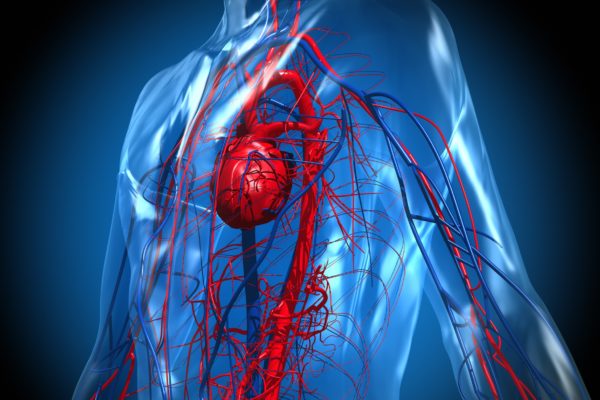
Information in Dutch on website allesoverkanker.be
When cells within the gallbladder show uncontrolled spontaneous growth, a tumour may be formed that is known as gallbladder cancer or gallbladder carcinoma. It is a relatively uncommon cancer type.
The gallbladder forms part of the digestive system and is where bile is stored; a liquid that helps the body to dissolve fat. It is located on the right side of the body, attached to the liver.
Two types of gallbladder cancer are distinguished:
Gallbladder cancer is a relatively rare cancer type. In Belgium in 2015, 91 new patients were diagnosed, out of which 58 women and 33 men. Most patients were over 65 years old.
Gallbladder cancer presents a poor outlook, due to the fact that the tumour generally only is discovered once a late or even inoperable stage has been reached. The 5-year survival rate for patients in stage IV at diagnosis is merely 2%. Patients who are diagnosed during stage I, however, have a 75% survival rate.
Gallbladder cancer is usually only discovered at a late stage because the cancer does not cause a great deal of discomfort during its early stages of development. Only when other organs become affected, symptoms start to occur.
Patients with gallbladder cancer can present symptoms such as:
As with many cancer types, the precise origin of gallbladder cancer is as yet unknown. However, there is evidence that people who have had gallstones that exceeded 2 centimetres in diameter are at a greater risk. Another risk-inducing factor is chronic inflammation and polyps in the gallbladder. In the rare case a patient contracts gallbladder cancer at an early age, a specialist may consider a genetic test in order to see if there is a hereditary cause for the disease.
In case of suspected gallbladder cancer, a GP will conduct blood tests and possibly an ultrasound. If these confirm their suspicions, the patient is referred to an oncologist for further testing.
These tests include: ultrasound, MRI scans, CT scans, ERCP (Endoscopic retrograde cholangio-pancreatography) and PTC (Percutaneous transhepatic cholangiography). Quite often, the cancer is discovered by accident, usually during a gallstone procedure. In most cases the cancer is already quite advanced at that moment. Sometimes, the cancer is discovered when a patient gets tested for symptoms like unexplainable weight loss, abdominal pain or jaundice. Should the cancer be discovered as a result of a gallbladder removal operation, a CT scan is made to ascertain no tumorous tissue has been left behind.
In order to come up with the best possible therapy, it is vital that the exact stage of advancement is determined. For this, the TNM classification system is used. T stands for the state of the primary tumour, N denotes the amount of spreading to the lymph nodes and M stands for metastasis to other organs.
This leads to the following classification hierarchy:
The differentiation of the tumour is an important factor in establishing a prognosis and treatment. This can be determined on the basis of a biopsy. A biopsy involves the removal of a small bit of tissue that can be examined under a microscope. Differentiation determines the degree of mutation in the cancerous cells.
After gallbladder cancer has been found in a patient, surgery is the only option that can lead to curing the illness. Most of the time, this is no longer an option due to the late stage in which gallbladder cancer is discovered. Surgery can be an option when the oncologists think this will remove the entire tumour, and that there has been no spreading of the cancer to other organs. But if stage III or IV has been reached, it is very doubtful if surgery will bring the desired outcome. In this instance, treatment shifts to palliative care, which often means chemotherapy. In case of jaundice, this needs to be treated immediately, because jaundice in itself is more lethal than the cancer. Research into the application of targeted therapy to gallbladder cancer is currently ongoing, with HER2, EGFR, VEGFR, PD-L1, PI3K and mTOR inhibitors under investigation.





